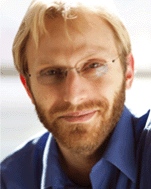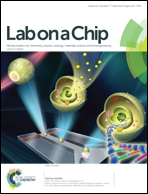Research highlights: microtechnologies for engineering the cellular environment
Abstract
In this issue we highlight recent microtechnology-enabled approaches to control the physical and biomolecular environment around cells: (1) developing micropatterned surfaces to quantify cell affinity choices between two adhesive patterns, (2) controlling topographical cues to align cells and improve reprogramming to a pluripotent state, and (3) controlling gradients of biomolecules to maintain pluripotency in embryonic stem cells. Quantitative readouts of cell-surface affinity in environments with several cues should open up avenues in tissue engineering where self-assembly of complex multi-cellular structures is possible by precisely engineering relative adhesive cues in three dimensional constructs. Methods of simple and local epigenetic modification of chromatin structure with microtopography and biomolecular gradients should also be of use in regenerative medicine, as well as in high-throughput quantitative analysis of external signals that impact and can be used to control cells. Overall, approaches to engineer the cellular environment will continue to be an area of further growth in the microfluidic and lab on a chip community, as the scale of the technologies seamlessly matches that of biological systems. However, because of regulations and other complexities with tissue engineered therapies, these micro-engineering approaches will likely first impact organ-on-a-chip technologies that are poised to improve drug discovery pipelines.


 Please wait while we load your content...
Please wait while we load your content...